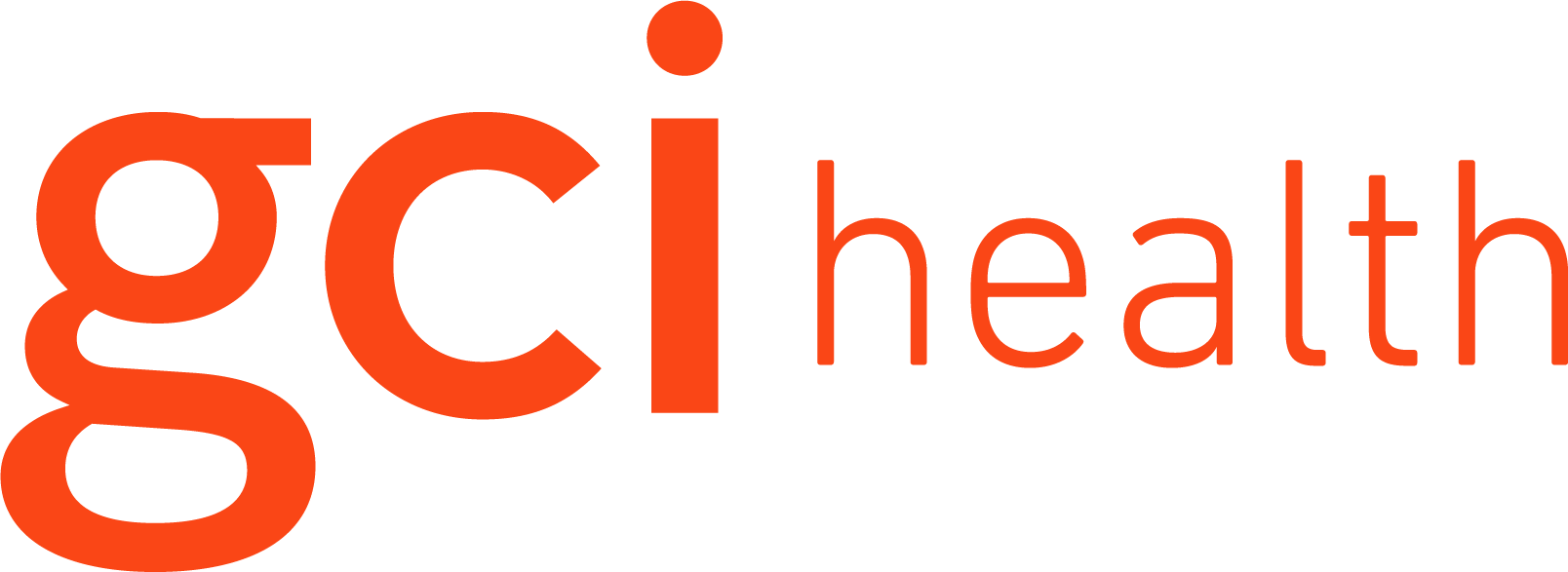The risk that comes with panic and misinformation is a problem for health care communicators and PR pros as corporate and government interests battle the burgeoning crisis.
The handwringing over the spread of COVID-19 virus or “coronavirus” has ratcheted up in recent days, with cities like San Francisco declaring a health emergency.
The stock market has been volatile as traders try to assess the disruption to global trade. Leaders in government have struggled to convince the world that everything is under control. Vice President Mike Pence has been tapped to head up the response to COVID-19 in the U.S., but global cases continue to climb.
However, the fears around the disease might be creating a media narrative that is doing more harm than good.
Trey Watkins, senior vice president of global health and corporate responsibility for GCI Health, explains that the anxiety driving much of the current news coverage isn’t helping.
“There’s no doubt that we live in a time where sensationalism clearly sells,” he says. “It captures headlines; it captures imagination.”
He warns that this is particularly problematic for fighting misinformation and panic.
“There are two driving forces of misinformation,” he says. “On one hand, we see misinformation perpetuated when we are in the absence of information. On the other, misinformation prevails when there is a lack of trusted information from a source that is considered reliable.”
Watkins says that communicators looking to address the COVID-19 virus, or a similar health scare should “lead with honesty” and “ensure that they’re providing context.”
“I think we have to remember that the large majority of the world’s population are not infectious disease experts,” he says.
On low-engagement audiences
One troubling sign for communicators ahead of the coronavirus crisis has been the decline of trust in government and nongovernmental organizations. Particularly striking have been the drops in trust for low-information, less-engaged audiences. As reported in Edelman’s 2020 Trust Barometer, people who don’t follow the news as closely, or with lower educational levels, are much less likely to trust messages from health care communicators.
Watkins says that, as with any other audience, it’s important to meet these demographics where they are.
“We need to look for opportunities to engage them,” he says. “And that requires really understanding that audience, understanding where and how they’re engaging—or why they’re not engaging.”
He also says that digital tools are crucial for reaching these populations.
“We can’t downplay the power of digital and social media,” he says. “Even if we take the anti-vaccine movement as an example, I think we’ve seen the real power of social media and digital platforms to perpetuate misinformation.”
That means that health care communicators must work with these powerful platforms to ensure reliable resources are present in the information ecosystem., Watkins also warns that successful communicators must engage these audiences before the crisis hits to develop trust.
For Watkins that “goes beyond communications, and looks also at community engagement, stakeholder relations, and how we’re fostering relationships that go beyond just dialogue or the discussions to inspire trust.”
Watkins credits the World Health Organization (WHO) for its quick response to Coronavirus, highlighting its proactivity in providing real-time information and efforts to tackle misinformation.
“Last year, the WHO released new plans for a digital health strategy,” he explains. “And in the context of the coronavirus, they’re working with several of the really big social media platforms and tech giants to ensure that accredited, accurate information is showing up in search engine engines and online dialogue.”
Watkins says that the effort doesn’t try to clamp down on other sources of information or viewpoints. Rather, it ensures that credible sources are showing up to counterbalance misinformation that might be gaming the system, “to make sure there is a balance and to make sure that accurate information is breaking through.”
Watkins says that this kind of involvement with digital platforms has become crucial for health care organizations and global crisis plans.
“We have to start looking at how we are working with those platforms,” he says, adding a caveat that he is not a “tech guru.” However, he sees this tech savvy as vital since “these platforms are built on algorithms that make it easy to perpetuate misinformation and sensationalism.”
Audiences that are less engaged with other news media outlets are the most at risk.
“I think we, as a global health community and a communications industry, need to think about how we can work with social and digital platforms, similar to how the WHO is, and do so in a way that can start to tackle some of the root causes of misinformation.”
Lessons from the coronavirus
Watkins says it is still to early to know all the outcomes from the coronavirus response effort. Despite what has felt like weeks of stories about the disease, he says that the world is still early in the stages. However, he praises some organizations that have taken strong action, like the WHO.
However, he points to a less obvious lesson from the Coronavirus scare about how communications and narrative can wield dangerous power in the midst of a health care panic.
“We have to recognize that as communicators, the language that we’re using can be really powerful and really dangerous,” he says. “We’re seeing already, in the context of coronavirus, a rise in xenophobia and stigma against Asian communities.”
He argues that communicators have a duty to use language that doesn’t play into sensationalism. The consequences can be severe for businesses and communities that can be caught up in stereotyping and social angst.
“I think about small Asian American businesses and the hit that they will take,” he says. “I think about the economies in the Asia Pacific as we start to see travel bans and the manufacturing implications with each factory closing.”
That’s not to downplay the very real concerns that people might have. However, Watkins argues that heedlessly ramping up the adrenaline could do serious damage to fragile social structures.
“I think the way we talk about the outbreak has serious implications for society at large if we’re not careful,” he says.
What you should mention
If your organization is going to talk about the COVID-19 virus and the surrounding health implications, what are some of the items you should mention?
Watkins says providing context is key.
“There is still very little that we actually know about this virus and about how it’s spread,” he says. “We do know that it has a quite a high infectious rate, but quite a low fatality rate, if we’re honest.”
The disease has been compared to SARS or MERS, but Watkins says that those analogs had much higher mortality rates.
He adds that it is important to speak up about the information you know, but not leap to conclusions.
“It’s important to acknowledge what is known, and it’s just as important to acknowledge what is not known,” he says, adding that this kind of honesty is what can help stifle misinformation.
“The challenge is that in an increasingly interconnected world, particularly digitally and socially, information whether accurate or false is spreading far quicker than investigations can be done into coronavirus.”
Like any other crisis communications plan, it is crucial to have a holding statement or two prepared.
“By helping to shape the conversation,” Watkins says, “there isn’t a void of information, even if that means we acknowledge that there is still much to be learned about this virus.”
https://www.prdaily.com/why-cooler-heads-must-prevail-on-the-covid-19-virus/



